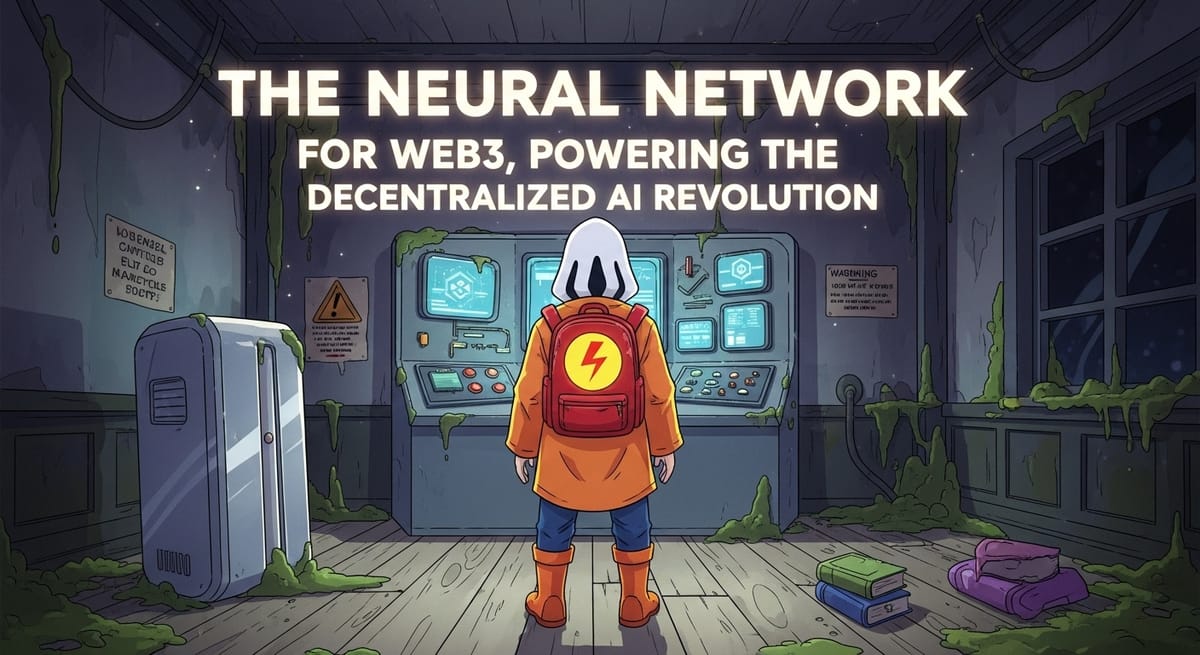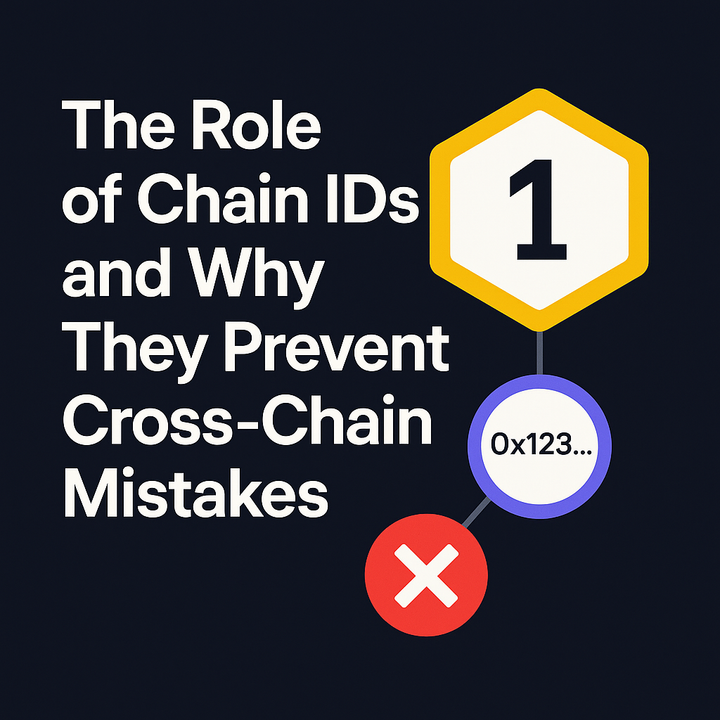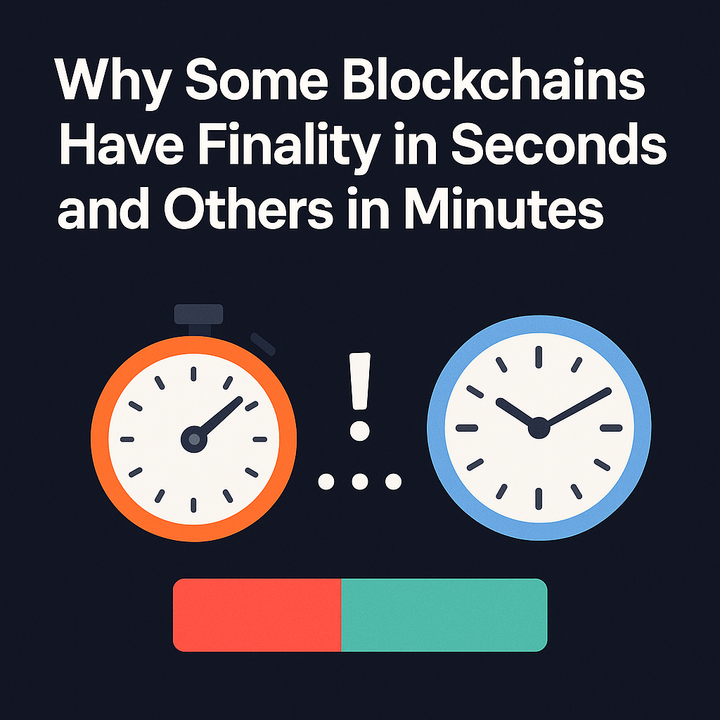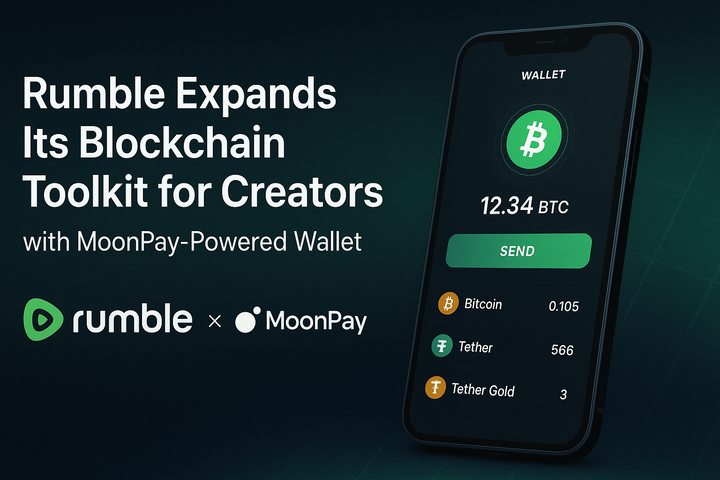Mitosis: The Neural Network for Web3, Powering the Decentralized AI Revolution

1. Introduction: DeAI – The Next Great Leap for Web3
We are living in the age of artificial intelligence. AI models are transforming entire industries, from creativity to science. However, modern AI is largely centralized. It is controlled by a few tech giants who own vast computing power and datasets. This creates risks of censorship, monopolization, and opacity.
In response to these challenges, a new, revolutionary trend is emerging in Web3 – Decentralized AI (DeAI).
What is DeAI?
DeAI is a paradigm aimed at creating, training, and using AI models in an open, decentralized, and permissionless manner. The main components of a DeAI ecosystem include:
- Decentralized Compute: Networks that allow anyone to provide their computing resources (GPUs) for training and running AI models in exchange for rewards.
- Decentralized Data Storage: Networks for storing the vast datasets needed for AI training, without control by a single company.
- Decentralized AI Models: The AI models themselves, represented as tokens or NFTs, whose ownership and governance are decentralized.
DeAI promises to make artificial intelligence more accessible, transparent, and censorship-resistant.
The Fragmentation Problem in the World of Decentralized AI
Similar to DeFi and GameFi, the DeAI ecosystem will inevitably be multichain. Different components will exist on specialized blockchains optimized for their specific tasks:
- A decentralized compute network might run on its own high-performance L1.
- Training datasets might be stored on a network specializing in storage (e.g., Filecoin).
- Payments for using AI models might go through fast and cheap L2 networks.
- The tokenized AI models themselves (as NFTs) might be traded on major marketplaces on Ethereum.
This creates a familiar problem for us – fragmentation. How can seamless interaction between all these components be ensured? How can a user wanting to train an AI model easily pay for compute resources from one network, using data from another, and receive the result as a tokenized model on a third?
Mitosis as the "Neural Network" for the DeAI Economy
This is precisely where Mitosis can play the role of a "neural network" for Web3, providing the connections and value transfer between disparate "neurons" – the specialized DeAI networks.
If DeAI networks are the information processing centers, then Mitosis can become the synapses – the connecting channels through which signals (data) and energy (liquidity) are transmitted.
How can Mitosis empower the DeAI economy?
- Enabling Payments: Providing a simple and secure way to pay for decentralized compute resources or data, even if the payment asset is on a different blockchain.
- Moving Tokenized AI Models: Ensuring liquidity and the ability to move tokens or NFTs representing AI models between different networks and marketplaces.
- Incentivizing Participation: By simplifying the receipt and use of rewards, Mitosis can attract more providers of compute resources and data to DeAI networks.
What Will You Learn From This Article?
In this article, we will explore in detail how Mitosis can become a critically important infrastructure for the thriving of the decentralized AI economy:
- We will analyze what specific fragmentation problems exist in the nascent DeAI ecosystem.
- We will look at hypothetical scenarios of how Mitosis can enable seamless interaction between compute, data, and payment networks.
- We will discuss why the synergy between DeAI and cross-chain liquidity protocols like Mitosis is important for the future of both artificial intelligence and Web3.
We will show that Mitosis is not just a bridge for financial assets, but a fundamental infrastructure capable of providing connectivity for the next great revolution – the decentralized AI revolution.
2. Mitosis in Action: Scenarios for the Decentralized AI Ecosystem
Let's look at specific, albeit hypothetical, scenarios to see how Mitosis can become the "circulatory system" for the DeAI economy, ensuring a seamless flow of value and data.
Scenario 1: "One-Click" AI Model Training
Imagine Alice, a developer who wants to train her AI model for image generation.
- The Problem:
- Her training dataset (10 TB of images) is stored on a decentralized storage network like Filecoin.
- The most accessible and powerful network for decentralized compute (GPU) is a specialized L1 blockchain, let's call it "ComputeChain".
- Her capital to pay for the computation (1,000 USDC) is on Arbitrum.
Without Mitosis, she would have to manually perform complex operations on three different, unconnected platforms.
- The Solution with Mitosis:
- Alice uses a DeAI dApp platform that is integrated with Mitosis.
- She creates an "intent" or task: "Train model X, using dataset Y from Filecoin, on the ComputeChain network, paying for the work with 1,000 USDC from my Arbitrum wallet."
- The "Under the Hood" Work:
- The platform initiates a transfer of 1,000 USDC from Arbitrum to ComputeChain via Mitosis. Mitosis ensures a secure and fast transfer, using its EOL liquidity for settlement.
- A smart contract on ComputeChain, having received the payment, accesses the data on Filecoin (via specialized oracles or data bridges, whose security can also be enhanced by Mitosis).
- The ComputeChain network performs the model training.
- The result – the trained AI model – can be tokenized as an NFT and sent to Alice's wallet on her "home" network, for example, Ethereum, again using Mitosis to transfer this new digital asset.
The Result: Mitosis transforms a complex, fragmented process into a single, seamless operation, abstracting away all the complexity of inter-network interactions from the user.
Scenario 2: A Global Marketplace for AI Services
Now imagine Bob, an artist who wants to use an AI model to create a piece of art.
- The Problem: The best model for his task is tokenized as an NFT and is traded on a marketplace on Ethereum. The computations (inference) for this model are most cost-effective to run on ComputeChain. And Bob wants to pay for the service with stablecoins from his wallet on Solana.
- The Solution with Mitosis:
- Bob interacts with a dApp that is a DeAI service aggregator.
- He selects the desired AI model. The dApp automatically determines that the model is on Ethereum, and the computation is best done on ComputeChain.
- The "Under the Hood" Work:
- Bob signs a transaction on Solana.
- Mitosis is used to transfer his stablecoins from Solana to ComputeChain to pay for the computation.
- Simultaneously, through a secure messaging channel provided by Mitosis, the smart contract on ComputeChain receives confirmation that Bob has the right to use the AI model (owns or rents the NFT on Ethereum).
- After the work is done, the result is sent to Bob.
The Result: Mitosis helps create a global, composable market for AI services, where the best models, the best compute power, and user capital can interact with each other, regardless of which network they are on.
The Strategic Importance of the DeAI and Mitosis Synergy
This interconnection creates a powerful growth cycle and positions Mitosis at the center of the future economy:
- For the DeAI Ecosystem:
- Capital Inflow: Mitosis opens gateways for capital from the DeFi world, making it easy to fund computation and the development of new models.
- Improved UX: Simplifying payments and interactions attracts more users and resource providers (GPU, storage).
- Composability: Enables the creation of complex AI applications that use components from different specialized networks.
- For the Mitosis Ecosystem:
- A Huge New Market: The DeAI economy will generate billions of transactions related to micropayments for computation and data transfer. This is a massive source of potential volume and fees for Mitosis.
- Expanded Utility: Mitosis proves its value not only for financial assets but also for the economy of services and data.
- Strengthened Position: By becoming indispensable infrastructure for a breakthrough sector like DeAI, Mitosis solidifies its long-term position as a fundamental layer of Web3.
Conclusion: Mitosis – The Connecting Link for Artificial and Collective Intelligence
The decentralized AI revolution promises to make artificial intelligence more open, democratic, and powerful. But to realize this vision, a "nervous system" is needed to connect all its distributed components.
Mitosis, with its ability to securely and efficiently transfer value and data between any network, is perfectly suited for the role of this system. It can become the protocol that allows capital from DeFi to fuel the compute networks of DeAI, and the results of AI work to be freely moved and traded on global markets.
This vision transforms Mitosis from a cross-chain liquidity protocol into something much bigger – a fundamental infrastructure for the interaction of all forms of digital value, be it financial assets, physical infrastructure (DePIN), or even artificial intelligence. Mitosis is building bridges not just between blockchains, but between the various revolutions happening in Web3, ensuring their synergy and mutual growth.
Learn more about Mitosis:
- Explore details on the official website: https://www.mitosis.org/
- Follow announcements on Twitter: https://twitter.com/MitosisOrg
- Participate in discussions on Discord: https://discord.com/invite/mitosis
- Read articles and updates on Medium: https://medium.com/mitosisorg
- Blog: https://blog.mitosis.org/



Comments ()